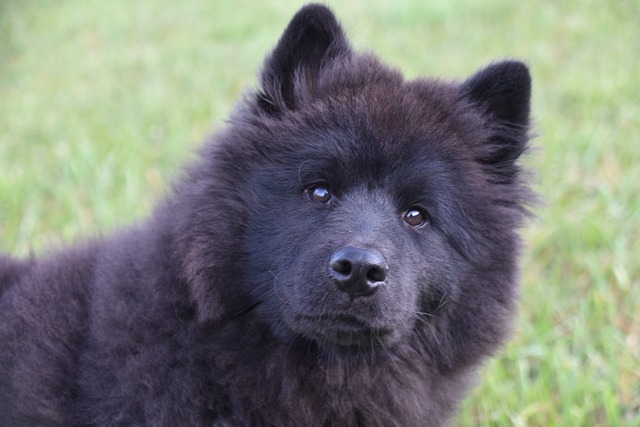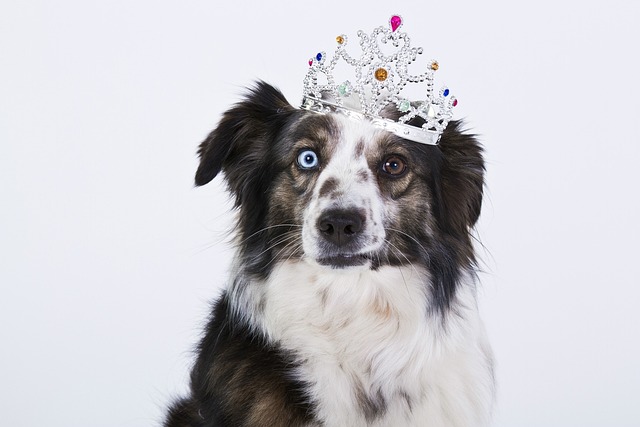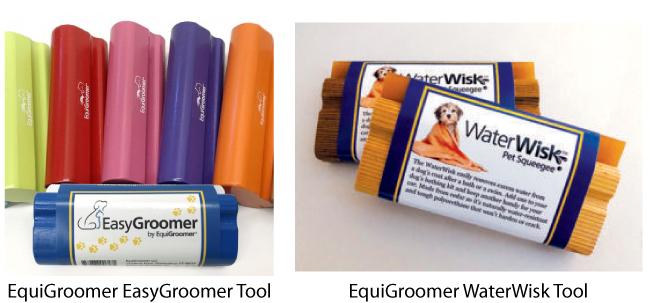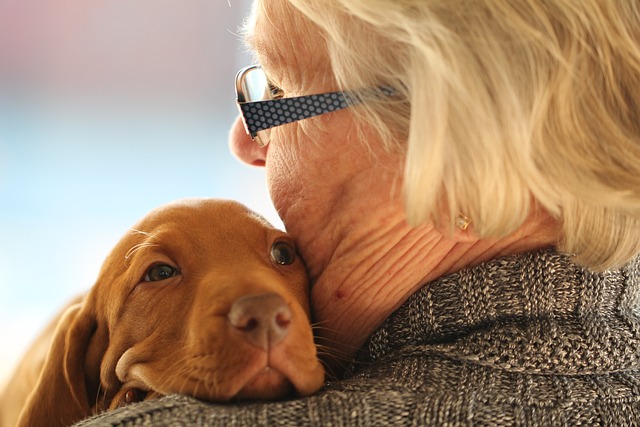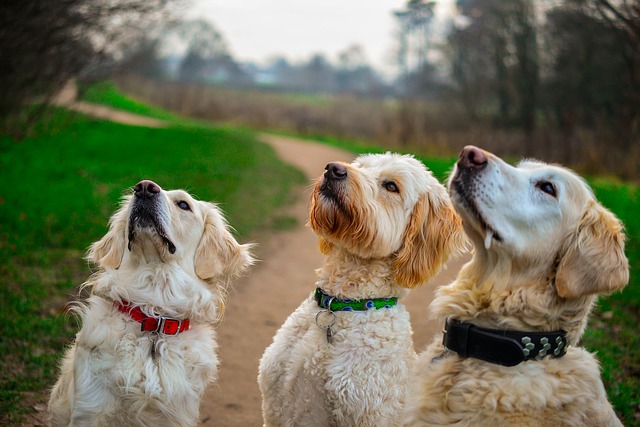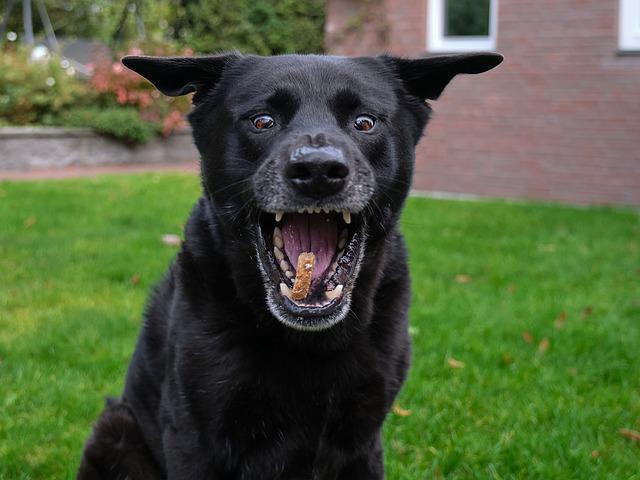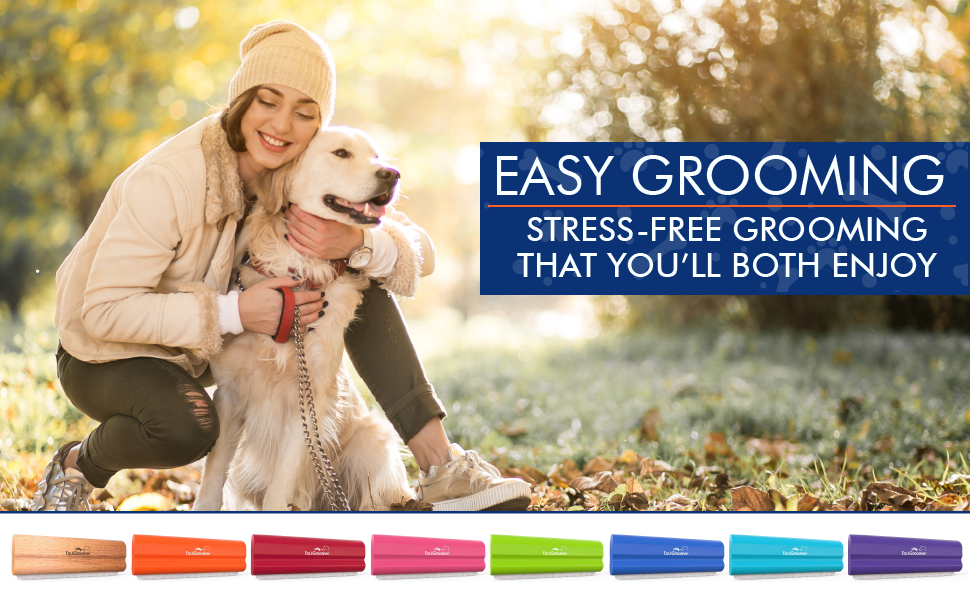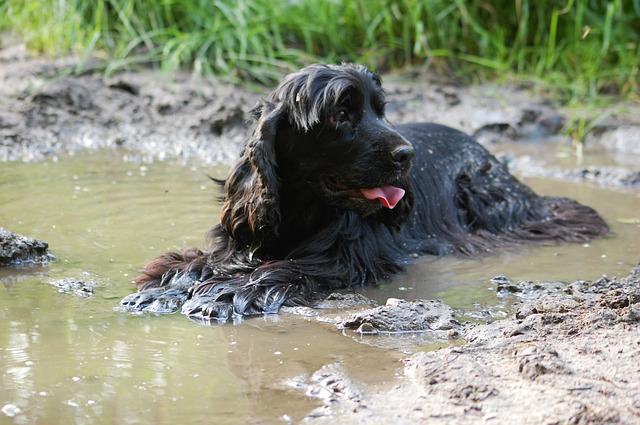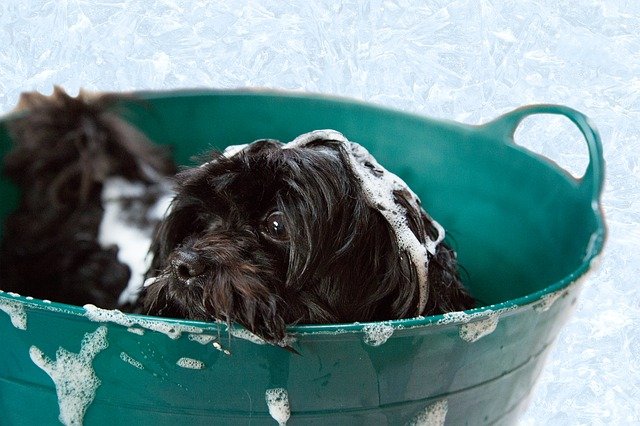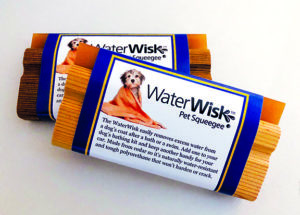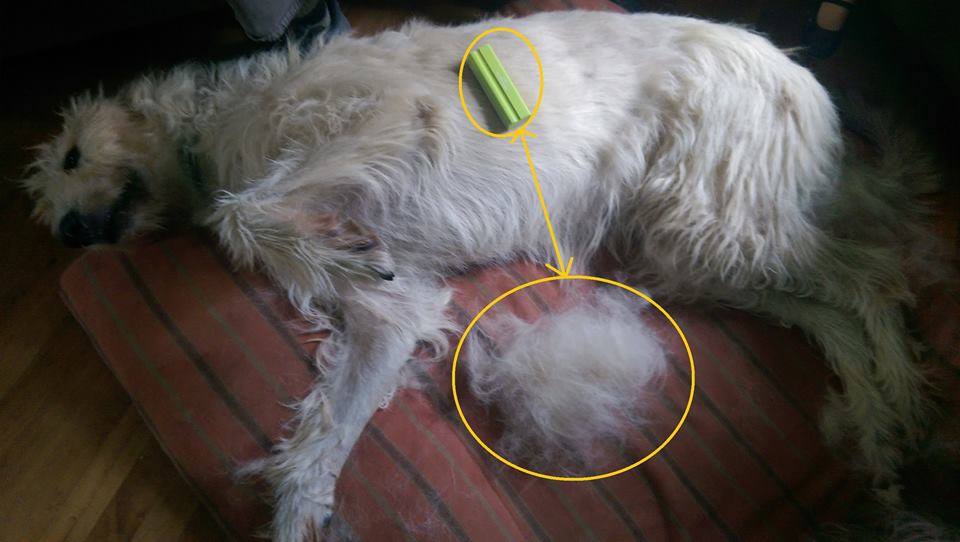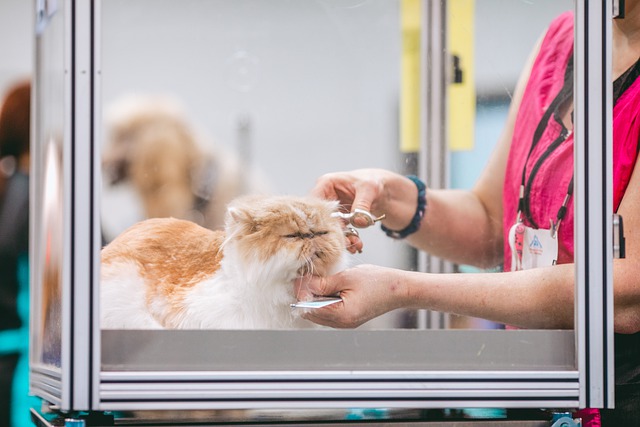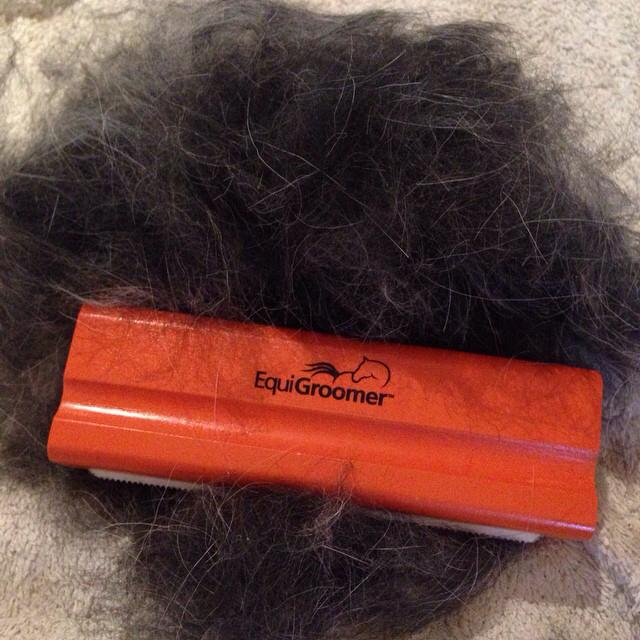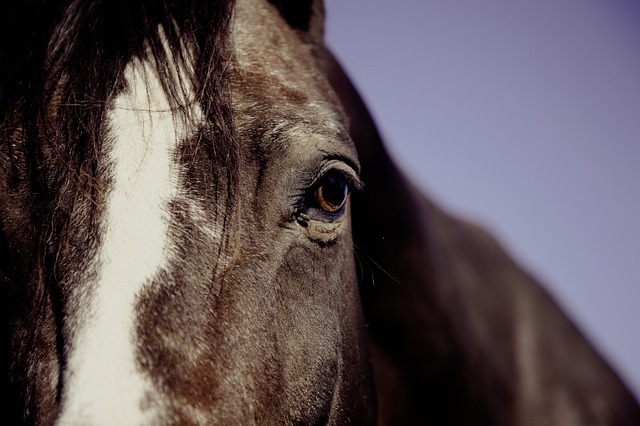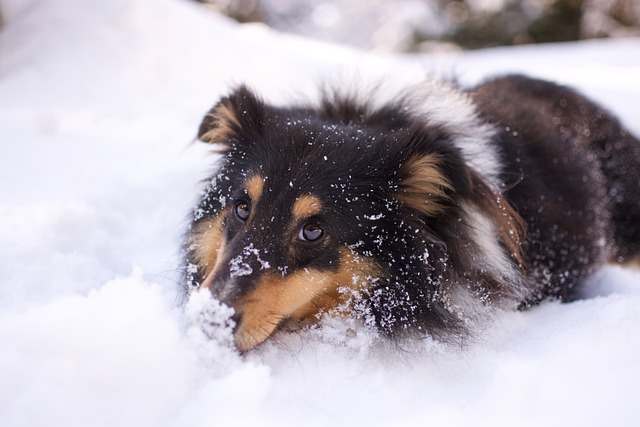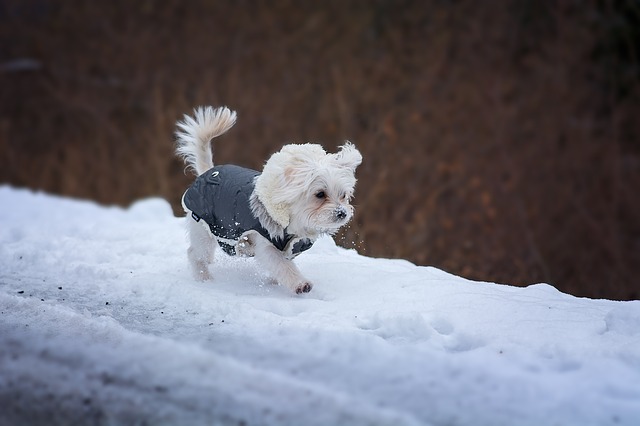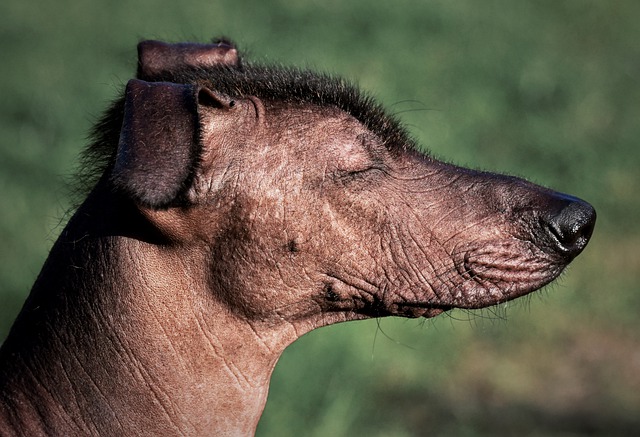Dear Humans, Stop Doing These Things! Love, Your Dog
Dogs are known for their unwavering loyalty, affection, and tolerance; but even the most patient pup has limits! While our K9 best friends love us unconditionally, certain things we do may drive them up the wall! If you’ve ever wondered what actions make your canine cringe, here’s a look at the top 8 things dogs hate when their humans do them.
1. Things Dogs Hate: Strong Perfumes and Sprays
Dogs have an incredibly keen sense of smell meaning what smells pleasant to us is overwhelming to them! (Did you know your canine’s nose is at least 100,000 times more sensitive than yours?) Spraying perfume (for yourself or your dog!) or air fresheners around your dog can cause discomfort and even K9 respiratory issues! Need to freshen up? Do it away from your furry friend’s sensitive snout.
2. Forcing Unwanted Affection
Dogs enjoy cuddles and petting, but they also value their personal space. By constantly smothering your dog with hugs and kisses (especially when they’re not in the mood) can be annoying. (According to ASPCA Pet Insurance, “experts in dog behaviors believe that, in general, dogs do not like being embraced.”) Pay close attention to your pup’s body language – if they pull away, give them some space.
3. Loud Noises and Sudden Movements
Fireworks, vacuum cleaners, and thunder are common culprits, but even loud shouting or sudden movements can startle and stress out a dog especially those who are timid or anxious! Create a calm environment for your pet, especially during loud activities. If loud noises are unavoidable, providing a safe, quiet space can help them feel secure.
May is Responsible Animal Guardian Month!
Click here to learn more about what it means to be a Responsible Animal Guardian!

4. Things Dogs Hate: Interrupting their Sleep
Imagine being abruptly woken from a deep sleep – it’s not pleasant for dogs either! Your furry friend needs their rest, so waking them up unnecessarily can make them grumpy and disoriented. As the saying goes, “Let sleeping dogs lie” and they’ll be much happier if you let them finally catch that squirrel in their dreams!

5. Ignoring their Routines
Dogs thrive on routine and exercise!
- Skipping your dog’s daily walk leaves them with pent-up energy and feeling neglected. Regular walks are crucial for their physical and mental well-being, so stick to a consistent walking schedule.
- Also consistently stick to your dog’s routine for eating, potty breaks, and sleeping! Imagine if someone ignored your needs; your dog relies on you for all his needs!
6. Ignoring their Health
Dogs can’t tell you when they’re feeling off, so it’s up to you to stay on top of their health. Skipping vet appointments, ignoring signs of illness, or neglecting dental care can lead to serious health issues. Regular check-ups and a keen eye for changes in behavior or appearance are essential for their best health, overall well-being, and comfort!

7. Things Some Dogs Hate: Bath Time Blues
While some dogs enjoy the water, many more dread bath time. The unfamiliar sounds, the slippery tub, and the soap can all be stressful. To make it less traumatic, use warm water, gentle pet-specific shampoo, and lots of patience, praise, and treats. A non-slip mat can also help them feel more secure. (Learn how often your dog needs to be bathed.)
8. Leaving them Alone Too Long
Dogs are social creatures that thrive on companionship. Leaving them alone for extended periods can lead to anxiety, depression, and destructive behaviors. If you have a busy schedule, consider hiring a pet sitter, or dog walker or taking your dog to daycare to keep them happy and engaged! (Learn 18 ways to reduce pet separation anxiety!)

In Conclusion
Understanding what your dog dislikes can strengthen your bond and ensure a happier, healthier relationship. By paying attention to their needs and preferences, you can avoid these common pet peeves and make life more enjoyable for your furry friend.
After all, a happy dog means a happy home!

One of the things dogs DO love is being groomed! Always use the best grooming tool, like our EasyGroomer below, for brushing a man’s best friend.
Benefits:
- The EasyGroomer’s blade gently removes loose hair, dirt, and dander everywhere on your pet’s body.
- Exceptionally gentle for sensitive-skinned animals.
- The blade grabs dead, scaly hair and pulls it out from the ends instead of digging into the coat and potentially scratching sensitive skin.
- Each brushing will bring up the natural oils in the skin for a soft, shiny, and smooth coat.





